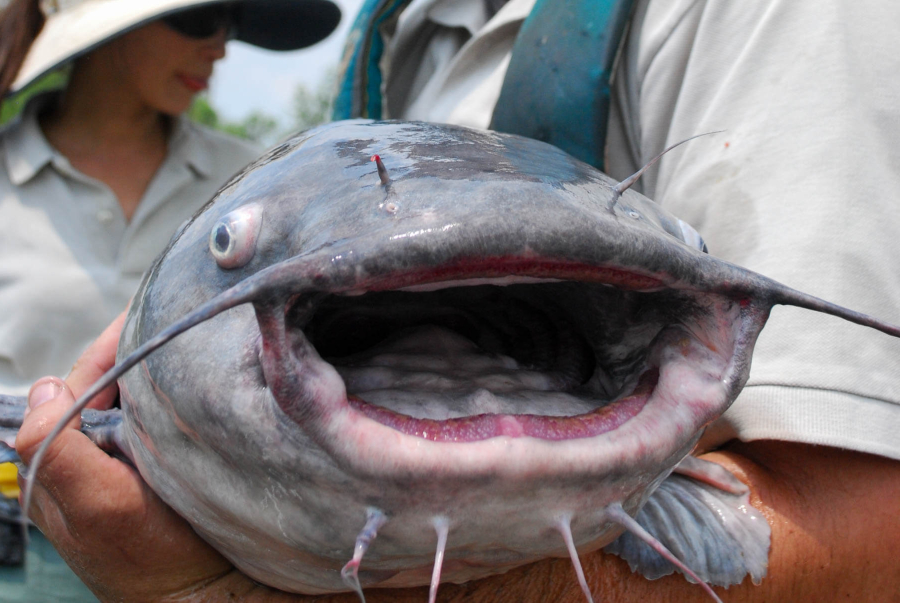Letter from Leadership: Blue catfish and their flathead cousins
Two invasive fish are making their way onto Chesapeake Bay anglers’ catch lists.

I enjoy eating fish. I also enjoy catching them. And after learning about the impact that a couple of recent invaders have had on the Chesapeake Bay, I’ve added two new fish species to my catch list.
About a year ago, I sat in a meeting (which I do a lot) and listened to a presentation on yet another threat to the Chesapeake Bay’s aquatic environment. This threat came in the form of the blue and flathead catfish, the finfish equivalent to the invasive zebra mussel that has upset the aquatic ecosystem of the Great Lakes.
Blue catfish are considered “apex predators”; they sit at the top of the food chain. They consume not only other finfish, but shellfish as well. They have no predators. Introduced to Virginia’s James, Rappahannock and York rivers as a sport fish in the 1960s, ‘70s and ‘80s, they have multiplied and extended their reach into other parts the Bay. Apparently, they are here to stay.
Recently, the Maryland Department of Natural Resources (DNR) launched a public awareness campaign to promote a “catch and cook” movement in place of the usual “catch and release” program. The agency is working with restaurants and fish processors to market these catfish. During the campaign’s April kick-off event, we were treated to samples of what these demons of the deep might taste like. I went back for seconds (several times). This is a great source of protein for those who rely on fishing for both sustenance and subsistence. And while catfish are bottom feeders, I’ve been assured that, as long as we eat fish that are smaller than 32 inches, there shouldn’t be any concern about the bioaccumulation of toxins. Good to know.

The Bay has become home to other invasive fish, as well. We all remember the northern snakehead! While this critter isn’t as pervasive as the blue catfish, it is another species that has pushed portions of the Bay ecosystem out of balance. But let me recommend a snakehead ceviche. If you can’t beat ‘em, eat ‘em! Bon apetit!
Note: The opinions expressed above are those of the author and do not necessarily reflect U.S. EPA policy endorsement or action.

Comments
There are no comments.
Thank you!
Your comment has been received. Before it can be published, the comment will be reviewed by our team to ensure it adheres with our rules of engagement.
Back to recent stories